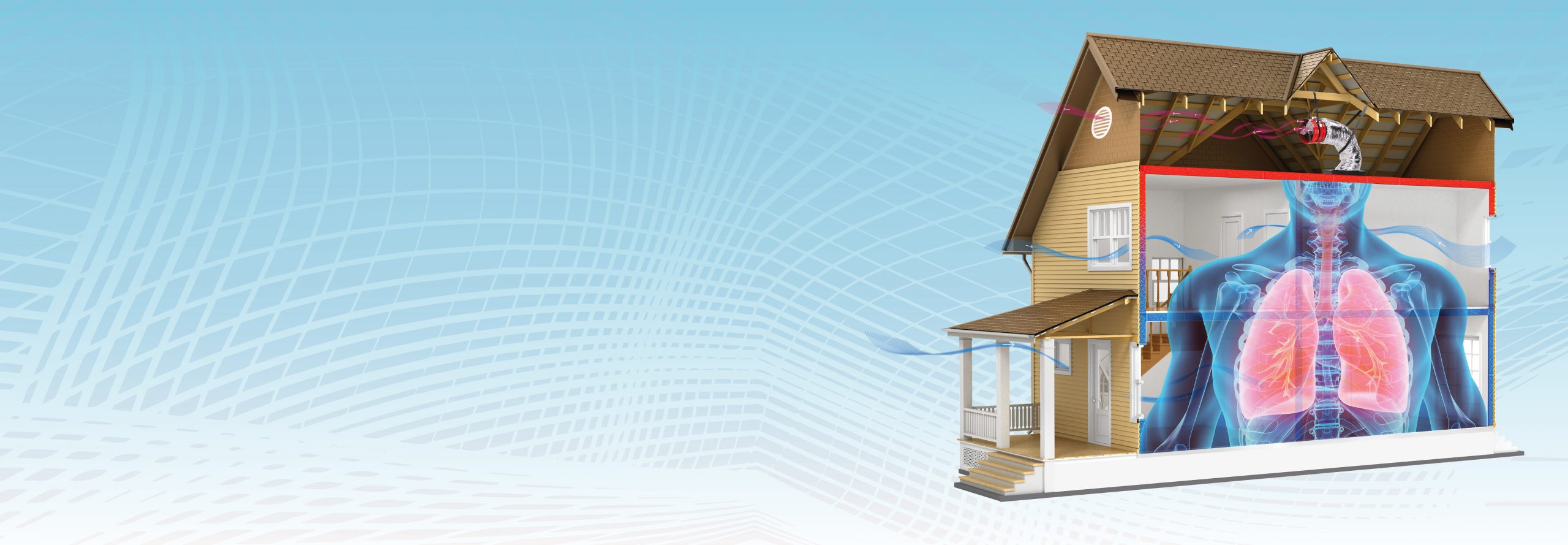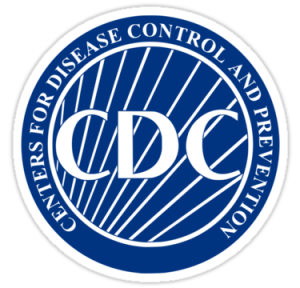
Give Your Home The Breath of Fresh Air That it Needs
QuietCool Whole House Fans were designed to bring fresh, clean air from outside into your home, replacing the air in your existing home in just minutes. In a time where people are spending more time indoors, it is critical to remove poor indoor air quality that can plague your home.

QuietCool Whole House Fans Help Remove:
- Airborne Pathogens
- Bacteria
- Smoke
- Viruses
- VOC Gases
- Dust
- Stale Air
- Moisture
A Breathing Home is a Healthy Home
Poor air quality has become an epidemic across the country. Every home is plagued with airborne illness, VOC gases, stale air, harmful pathogens, viruses, and more. These airborne annoyances can stay clogged inside of a home for months, polluting, and spreading illness throughout your family. Too many people have accepted this as normal when there is a simple solution to this problem.
QuietCool Whole House Fans are just that solution. These incredibly efficient and whisper-quiet fans can help alleviate these issues at the simple press of a button. When turned on, they pull large amounts of air from opened windows, throughout the home, up into the attic, and finally out the attic vents. This process of thermal mass cooling allows your home to completely replace the air in 3-4 minutes.
In fact, using just your A/C and keeping your windows shut could drastically increase the chances of spreading illness throughout your family and home. QuietCool Whole House Fans were designed specifically to pull clean, cool air from outside into your home so you no longer have to simply recondition the same pre-existing air over and over again.
These benefits directly impact indoor air quality and improve ventilation which all experts agree is crucial in a time when indoor air quality is progressively getting worse.
QuietCool’s Benefits Are Backed By Experts

As the recent COVID-19 outbreak has sent even more people indoors, the CDC has specifically recommended four things you can do at home to combat this virus.
- 1. Clean hands at the door and at regular intervals
2. Create habits and reminders to avoid touching your face and cover coughs and sneezes
3. Disinfect surfaces like doorknobs, tables, and handrails regularly
4. Increase ventilation by opening windows or adjusting the air conditioning.

According to the EPA, Indoor air quality is worsening as people are now spending more time indoors.
- Americans, on average, spend approximately 90 percent of their time indoors,1 where the concentrations of some pollutants are often 2 to 5 times higher than typical outdoor concentrations
- People who are often most susceptible to the adverse effects of pollution (e.g., the very young, older adults, people with cardiovascular or respiratory disease) tend to spend even more time indoors.
- Indoor concentrations of some pollutants have increased in recent decades due to such factors as energy-efficient building construction (when it lacks sufficient mechanical ventilation to ensure adequate air exchange) and increased use of synthetic building materials, furnishings, personal care products, pesticides, and household cleaners.

Harvard University has found that ventilation is a crucial part of how viruses and bacteria spread within indoor environments. Recirculating air in buildings such as your home can lead to a higher risk of infection during outbreaks. Even minimum ventilation can cut influenza transmission as much as having 50 to 60 percent of the people in the building vaccinated.

According to the ALA, effective ventilation may also help keep bacteria, viruses and other pollutants out of the indoor air. Research shows that airflow and ventilation can alter how diseases spread indoors. The more stagnant the air is, the more likely diseases are to spread. Like the lungs, homes need to be able to breathe to make sure that fresh air comes in and dirty air goes out. Indoor air can build up high levels of moisture, odors, gases, dust, and other air pollutants. To keep the air safe indoors, fresh outdoor air is needed to dilute these indoor pollutants.

The next level is engineering controls – separating the workers from the hazard. This is achieved in hospitals with a high ventilation rate that removes the air from a room where virus may be found. Some companies are installing extra barriers between workers and consumers. In homes, individuals may choose to run filtered home HVAC systems or open windows to bring in fresh air regularly. You might also choose to run an air purifier.

























